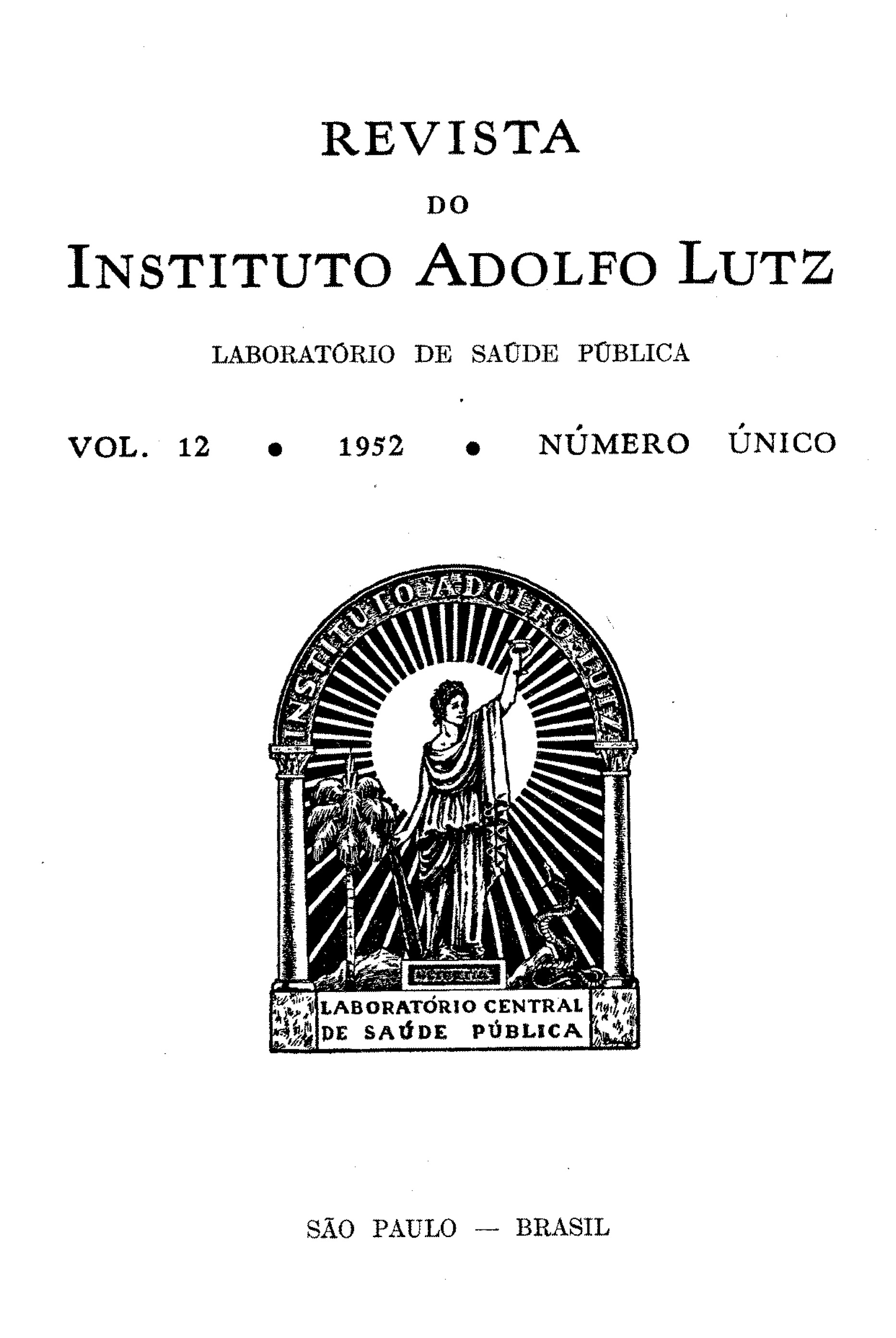Considerations on the occurrence of eggs of nematodes Heteroderidae family in human feces
Abstract
The nomenclature of Heterodera marioni is discussed. It is recalled that its eggs were first found, in 1919, in human stools by Kofoid and White who called the parasite Oxyuris incognito. In this paper, the authors show that this nematode belongs in the genus Meloidogyne, which was described by Göeldi, in 1892, in Brazil. Reports of its regional incidence in plants are discussed. Special reference is made to researches made by Carvalho in potatoes in which only Meloidogyne sp. was found as parasite. A detailed study of the parasite is made with special reference to its classification, life cycle and hosts. The authors report the frequency with which the eggs of the parasite are found in human stools examined for parasites in the "Instituto Adolfo Lutz" of São Paulo (Brazil). The following conclusions are reached:1rst.) Researches made in São Paulo (Brazil) show that all nematodes responsible for galls in edible roots and tubercles belong in the genus Meloidogyne. It becomes clear that the eggs previously described as being of Heterodera marioni and found in human stools should be henceforth classified as eggs of Meloidogyne sp.2nd.) In other countries where, besides several species of Meloidogyne, some species of Heterodera, specially Heterodera rostochiensis (the "golden nematode"), are found, the correct diagnosis of eggs of parasites becomes difficult. It seems better to designate them as eggs of Heteroderidae.
Published
1952-07-31
How to Cite
Carvalho, J. C., & Corrêa, M. O. Álvares. (1952). Considerations on the occurrence of eggs of nematodes Heteroderidae family in human feces. Revista Do Instituto Adolfo Lutz, 12(1-2), 13-26. Retrieved from https://periodicoshomolog.saude.sp.gov.br/index.php/RIAL/article/view/33217
Issue
Section
ORIGINAL ARTICLE










